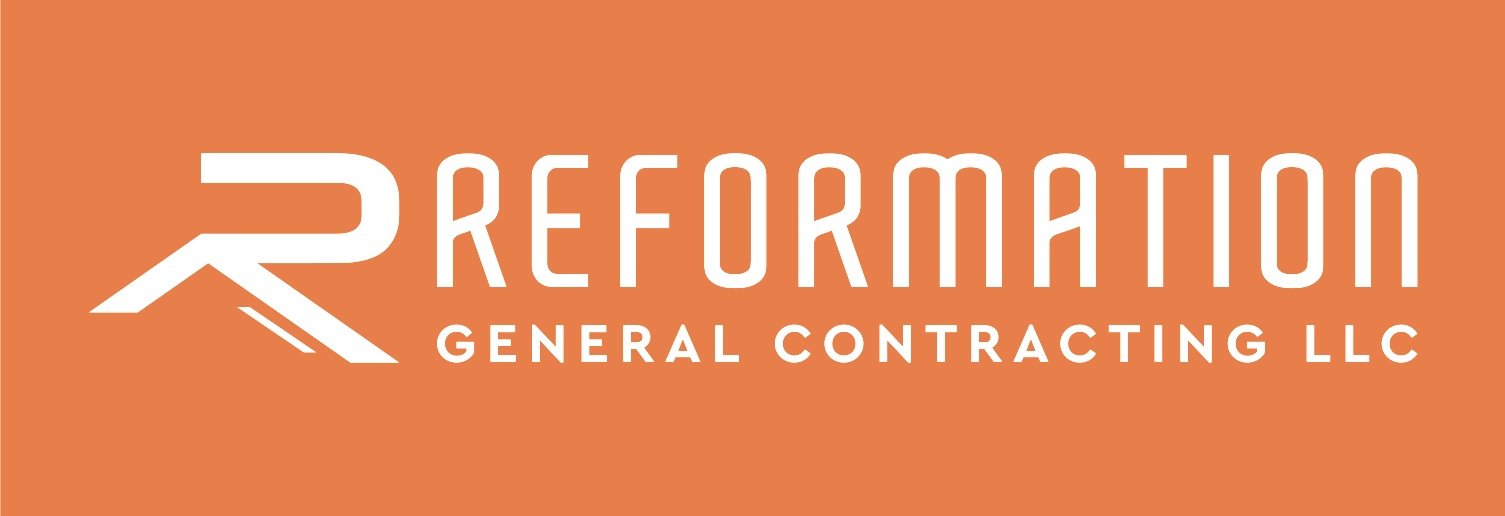Navigating the Storm: Fairness and Integrity in Roofing and Restoration
Navigating The Storm
In the wake of a natural disaster, the sight of a neighborhood ripped apart by wind or pelted by hail can be heartbreaking. For the homeowner, the situation can be overwhelming, dealing not only with the damage but the sudden influx of roofing contractors seeking to win their business. Amidst this chaos, it's crucial to understand the dynamics at play, especially the concerns and challenges faced by both homeowners and roofing contractors.
Roofing companies aren't typically household names, yet when storms hit, they are a vital service required to mend homes and lives. However, with this demand comes a swarm of contractors, both local and out-of-state, with varying levels of credibility and quality of service. History and news reports have warned us of unscrupulous contractors, often referred to as 'storm chasers', who capitalize on these disasters with scams. These individuals have tarnished the reputation of legitimate contractors, making homeowners understandably wary of the helping hand reaching out to them.
On the flip side, honest contractors face their share of obstacles too. Instances where customers manipulate or take advantage of the services provided are not uncommon. This might sound surprising, but it is a harsh reality that impacts the balance of trust between both parties.
Take my company, Reformation General Contracting, for example. Our primary aim is to restore the damaged areas and collaborate closely with the homeowner and the insurance adjuster to ensure the scope of work is precisely defined. To do this effectively requires a significant investment of time and resources. Therefore, we ask our customers to sign a contingency agreement which outlines the terms of our engagement.
This document empowers us to represent the homeowner in discussions with the insurance company regarding the claim specifics. It clearly states that homeowners are only responsible for their deductible payment while we carry out repairs based on the Replacement Cost Value approved by the insurance company. The agreement also lays out the conditions under which we would or would not proceed as the contractor for the job. Transparency is our core principle, and we ensure that these terms are clearly communicated to our customers before we proceed.
However, we often find ourselves in an unenviable position as we are typically not local to the disaster-struck areas. This geographical disadvantage may not present an appealing facet to homeowners. But it should not be seen as a reflection of our commitment, capability, or willingness to stand behind our warranty.
The core message we aim to convey is that both homeowners and contractors should approach these situations with an understanding that there are injustices on both sides. There are good and bad players in every scenario, and it is only fair that each party treats the other with due respect and integrity.
Navigating through the aftermath of a storm can be as daunting as the storm itself. But with open communication, mutual respect, and a commitment to fairness, we can rebuild not just homes, but also the faith in the restoration process and those who carry it out.

